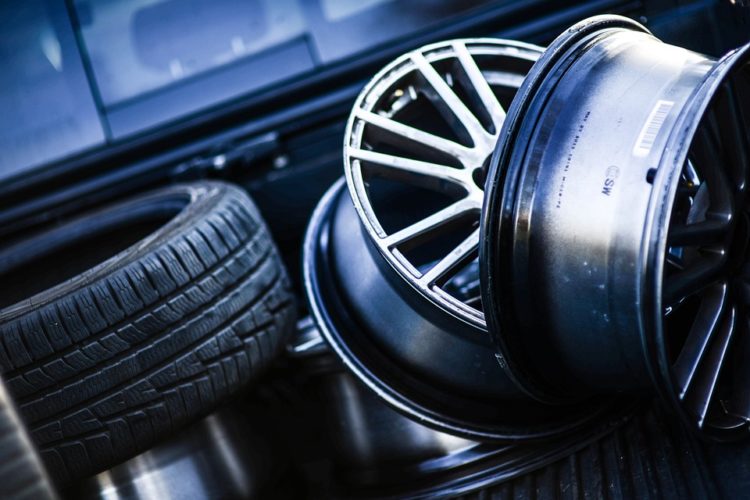A bottle jack is one of the most commonly used tools in a garage. The tool works by moving a ram/screw vertically, which means these types of jacks are taller than most jacks. Therefore the standard bottle jack is not suitable for lowered vehicles however you may be able to use a low profile bottle jack to get under these types of vehicles. The bottle jack contains a fluid which exerts force against gravity when pressed against hence making it easy for users to lift heavy objects.
Precautions before and when Lifting a Car with a Bottle Jack.
Before you use the tool, you should inspect it to ensure that it is not broken and none of the parts are bent. If you have never used a bottle jack before, take some time to familiarize yourself with all its components. Check the extension screw to ensure that it will not malfunction when you use it. Another essential tip for you before you start using the equipment is to test the condition of the jack by pumping it without a load.
Ensure that you are not in a danger zone as you lift the car. It is also advisable for bottle jack users to use safety goggles and quality hand gloves when operating the equipment. All passengers inside a vehicle should get out before you start the work and make sure that you are using the stands when working beneath the car. Put the parking brake on and avoid distractions to avoid accidents. When you are done with lifting the car, lower it slowly to avoid causing damage.
Steps to follow to lift a car with a Bottle Jack
- Park your vehicle on a level ground. If you are near a garage, take the car there. But if it’s an emergency, find a level ground near you. Ensure that you have put on the parking brakes to prevent the vehicle from toppling the equipment and the crashing.
- Chock the wheels to prevent the car from rolling back. Place a chock in front of all the wheels at the opposite end. You can also use wedge-shaped pieces of wood, rocks, or bricks in place of chocks.
- Find the jack point of your car. There are several jack points in most cars. Failure to place the equipment at a jack point can lead to damages. Use the car manual to identify the jack points. In most vehicles, the jack points are located behind the front wheels or in front of the rear wheels. If you do not have a user manual, you can look at flat metal areas which usually resemble the top of a bottle jack. Some cars have jack points labeled as jack.
- Once you have located the jack points, place the bottle jack under them. The tool does not need to be perfectly lined up with a jack point. Ensure that it’s the right side of the jack that is facing up. If you are uncertain about the side that should face up, look at the jack carefully. Some of the bottle jacks have a side labeled this side up.
- Insert the lever into the bottle jack and pump it until the saddle is close to the vehicle. You can make some adjustments at this point. Pump the bottle jack slowly until the vehicle is high enough from the ground for you to work on it.
- Lower the car slowly when you are done and remove the bottle jack.
We have also discussed different accessories that you can use to make the lifting process safer and more efficient. If you expect to lift on soft ground then you may want to invest in a base plate to give you a more stable base when performing a lift. Checkout our article on bottle jack accessories for more information.
Types of Bottle Jacks used to lift cars
There are many types of bottle jacks that can be used to lift a car. The main differences between them are their capacity and lifting range. Unlike the other types of bottle jacks, hydraulic bottle jacks do not use compressed air. The hydraulic models are suitable for users who do a lot of lifting as it only requires minimal energy and time.
As mentioned earlier there are low profile models available that allow a user to get under a lowered vehicle.
Maintenance Tips for your Bottle Jack
As with any piece of equipment that undergoes stress you will need to keep you unit maintained so it performs efficiently and safely every time.
Always inspect the metal housing for any visible damage and if you do come across some then do not use the jack until it has been suitably repaired.
If you find that the jack is not performing as efficiently as when it was new out of the box then you could try to replace the oil.
- Remove the oil filler cap and allow the used hydraulic oil to drain out.
- Dispose the used oil according to the disposal requirements in your area.
- Fill the jack’s housing using new oil and put back the tool’s oil filler plug.
Sometimes due to the environment that the jack will be used in it can get covered in dirt, oil and grease. Use a mild detergent and a dry cloth to clean the jack.

